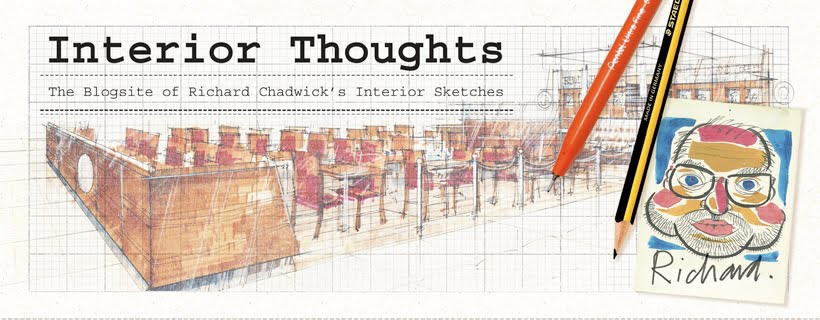....................and following the thread of the last two or three postings on The Way of the Pilgrim we finally got to London to see the last days of a couple of exhibitions , one at the British Museum and one at the National.
The one at the British Museum , ' Treasures of Heaven ' was an interesting exposition of ' saints , relics and devotion in medieval Europe ' , putting them into both a social and religious context , The early section covered the ' pilgrimage ' , which , quite apart from relics providing both a pretext and and an objective for the pilgrim to journey to a place , a location empowered by a physical remnant of a holy figure , gave rise to the obtaining of the ' token ' , the proof that one had indeed made the pilgrimage - and thus begat the ' souvenir ' . The relics themselves became increasingly venerated in their own right , becoming more and more embellished ; what I had not realised was that Saint Chapelle in Paris , perhaps the finest piece of ' stained-glass architecture ' was essentially constructed as a shrine , an enclosure , for the ' Crown of Thorns '.
Perhaps the most poignant moving section of the exhibition for me , however , was the final room : having moved through room after room of dark theatrical spaces , the lights glinting off gold , silver and jewel-encrusted works you finally entered into an austere plain white room sans any decorative elements - the world of English Protestantism and iconoclasm , wood prints clearly illustrating this world of Henry V111 with paintings , sculptures , altarpieces , entire buildings being torn down , removed , destroyed , and leaving you wondering just how much of England's medieval artistic/architectural heritage was lost to the whim of a king wanting a divorce.
From here , then , to the National Gallery to see ' Devotion by Design ' , a detailed exhibition of Italian altarpieces prior to 1500 - their design , construction and in some cases their deconstruction and subsequent history as relics cut adrift from their original conception. Detailed forensic analysis allowed the curators the opportunity to investigate three or four altarpieces in depth , describing both the visual organisation and physical design of essentially ' multiple ' works of devotional art , artistic and stylistic changes to accord with changing tastes , and in some cases the wholesale breaking up and dispersal of works when they were deemed to no longer represent the prevailing artistic milieu . The setting was particularly atmospheric , the altarpieces being set in darkened rooms , abstract church settings , lit by candlelight , the altarpiece in its formal setting above an altar , suitably accompanied by cross and chalice , the altarpiece formally constructed to house a relic.
The relics and crosses from the ' Treasures Of Heaven ' exhibition could now be understood and appreciated in their proper liturgical context .



No comments:
Post a Comment